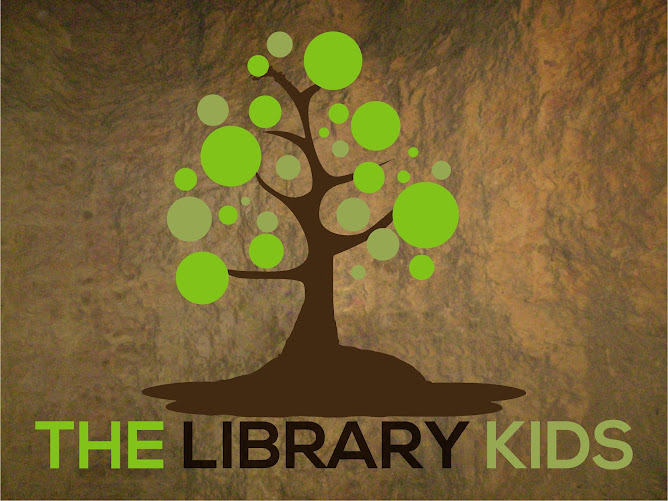After collecting shells at a beach, an adult should wash the shells with the appropriate cleaner. Shells collected at the beach that are left unwashed, can smell bad within a day. After cleaning your shells, you can get an inexpensive display box or collectors box to keep them in.
http://www.seashell-collector.com/
http://www.privateshellcollection.com/
http://en.wikipedia.org/wiki/Seashell
The terms shell collector and conchologist can be regarded as two distinct categories. Not all shell collectors are conchologists; some are primarily concerned with the aesthetic value of shells instead of their scientific study. It is also true that not all conchologists are shell collectors; this type of research only requires access to private or institutional shell collections. There is some debate in the conchological community, with some people regarding all shell collectors (regardless of motivation) as conchologists.
http://en.wikipedia.org/wiki/Conchology
Shells have been featured on over 5,000 postage stamps worldwide.
Shells have also been featured on many coins, including the Bahamian dollar (1974), the Cuban peso (1981), the Haitian gourde (1973), the Nepalese rupee (1989) and Philippine peso (1993).
By Rita Jean Moran (www.thelibrarykids.com)

No comments:
Post a Comment